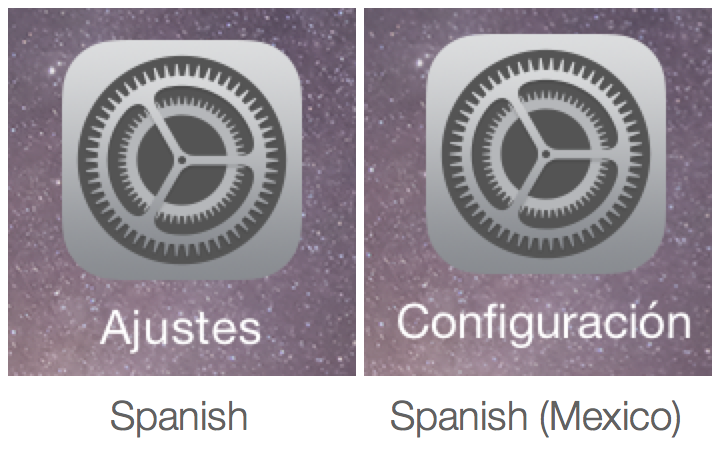5 Tips for Localizing iOS Apps
Below are five tips for localizing iOS apps based on my own experience as a project lead and product designer:
1. Pick a Localization Management Platform
Long gone are the days of sending Excel sheets packed with localization strings back and forth via email. During the last few years, there has been a proliferation of web-based tools for managing localization. These tools allow you to track localization strings across multiple projects, collaborate with translators, even hire them right from within the platform.
Some of the platforms that I have used or evaluated are:
- Transifex
- Crowdin
- Google Translator Toolkit
- PhraseApp (The one I currently use.)
Other platforms that I haven’t used yet, but I would love to try are Shuttle (Open source) and OneSky.
2. Automate
While localizing apps, you will find yourself doing many repetitive tasks such as exporting and importing strings, scanning your code for new strings, etc. The only way to keep this part of the process sane is by automating it as much as possible. Luckily, some of the platforms I listed above already have APIs, even command-line clients, to help you integrate them into your development pipeline.
3. Document
The translators are going to need as much context information as possible. Start by writing down what your app does and what is the use case is of each feature. By doing this, you will give them the context they need to get started.
Take screenshots of every screen that needs to be localized. And if your app contains instructions such as “Go to Settings and enable Location Services,” make sure you take screenshots of these steps in all your target languages. You want your translators to use the exact text that Apple uses in their interface to avoid confusing the end-user.

4. Dogfood
If you speak multiple languages, try using your app in your other languages. Sometimes I change my iPhone language settings to Spanish and use it like that for an entire day. I find this practice very helpful for refining localizations and spotting out localization and layout issues.
5. Factor in Localization Time in Your Estimates
Localizing is a long-term commitment. Once you localize, it is hard to roll back localization without upsetting users. As you add new features, you must localize those features before shipping them. When estimating, always account for localization work and testing.
Happy localizing! 🌐